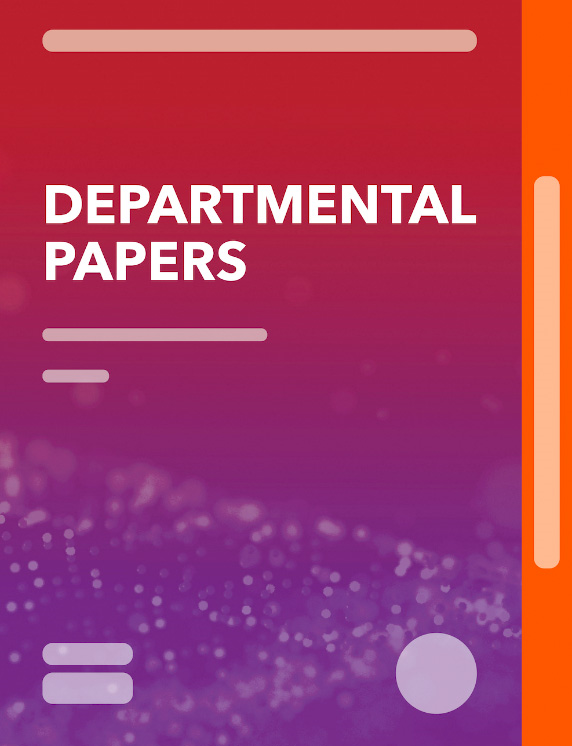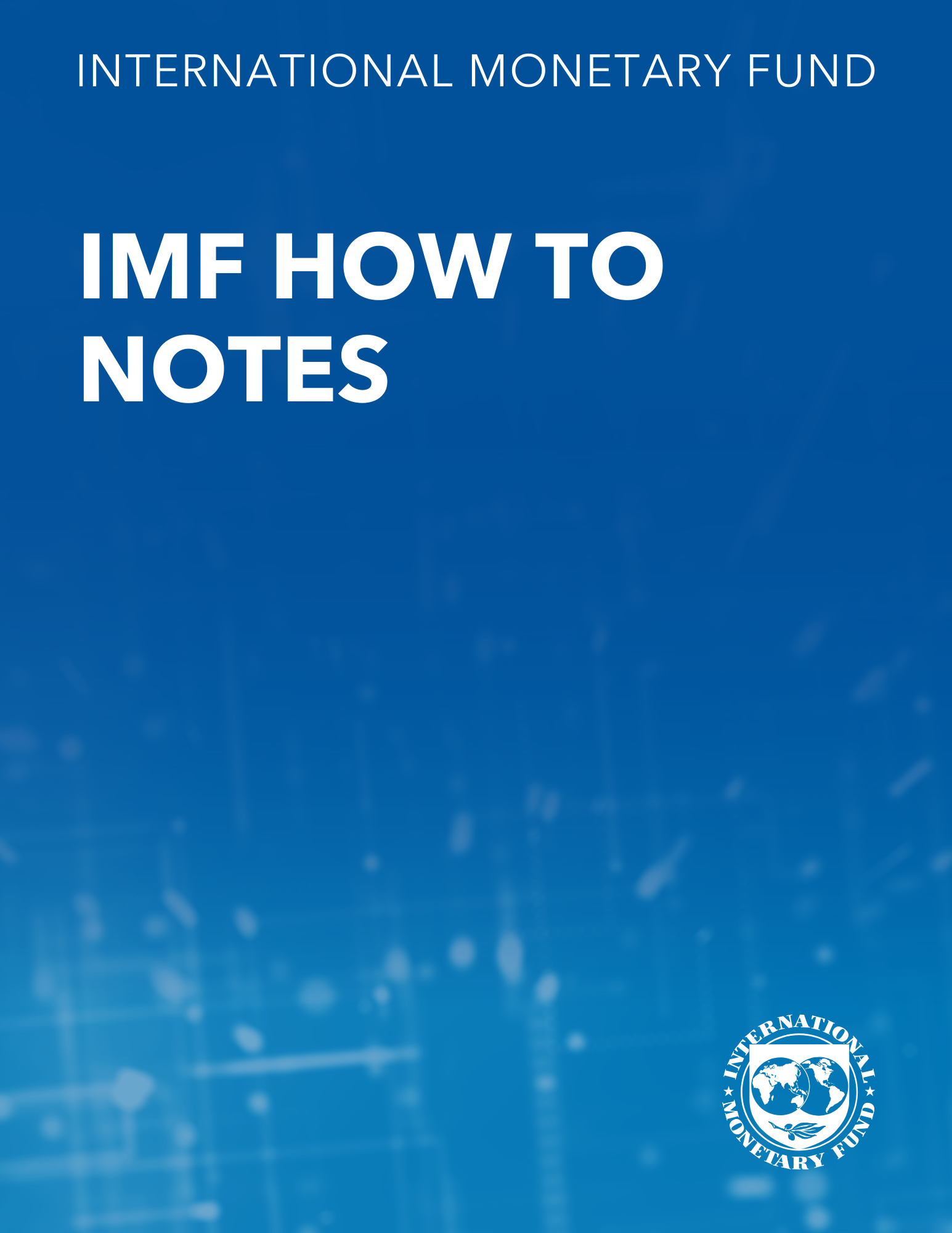Corporate Tax Reform: From Income to Cash Flow Taxes
January 16, 2019
Disclaimer: IMF Working Papers describe research in progress by the author(s) and are published to elicit comments and to encourage debate. The views expressed in IMF Working Papers are those of the author(s) and do not necessarily represent the views of the IMF, its Executive Board, or IMF management.
Summary
Subject: Cash-flow tax, Corporate income tax, Corporate taxes, Economic theory, Financial frictions, Taxes, Value-added tax
Keywords: business taxation, capital stock, cash flow, Cash-flow tax, CIT reform, Corporate income tax, corporate leverage, Corporate taxes, cost of capital, DBCFT result, distortionary tax, dynamic stochastic general equilibrium models, exchange rate, export price, Financial frictions, Global, income tax, macroeconomic interdependence, open economy, rate of return, return to capital, shadow price, tax policy, tax reform experiment, Value-added tax, WP
Pages:
34
Volume:
2019
DOI:
---
Issue:
013
Series:
Working Paper No. 2019/013
Stock No:
WPIEA2019013
ISBN:
9781484390085
ISSN:
1018-5941





